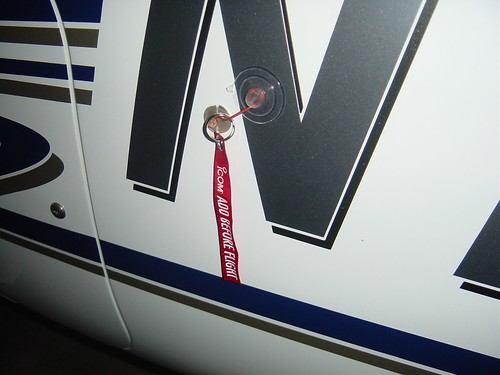simtech
En-Route
Flying along yesterday fat dumb and happy. I make a descent to an airport and my altimeter starts bouncing all around. When I leveled off to pattern alt it smoothed back out. Fuel up and take back off. An hour into the flight and just about coming out of imc my vsi drops all the way down and my altimeter was crazy bouncing. Vsi finally came back but altimeter was still bouncing around. Was not fun to say the least as I didn't know what altitude I was truly at. What in the world could this be? I just had my pitot static check done and I flew it with no problems the day before this flight. Any ideas? Avionics guy can't look at it until monday.



